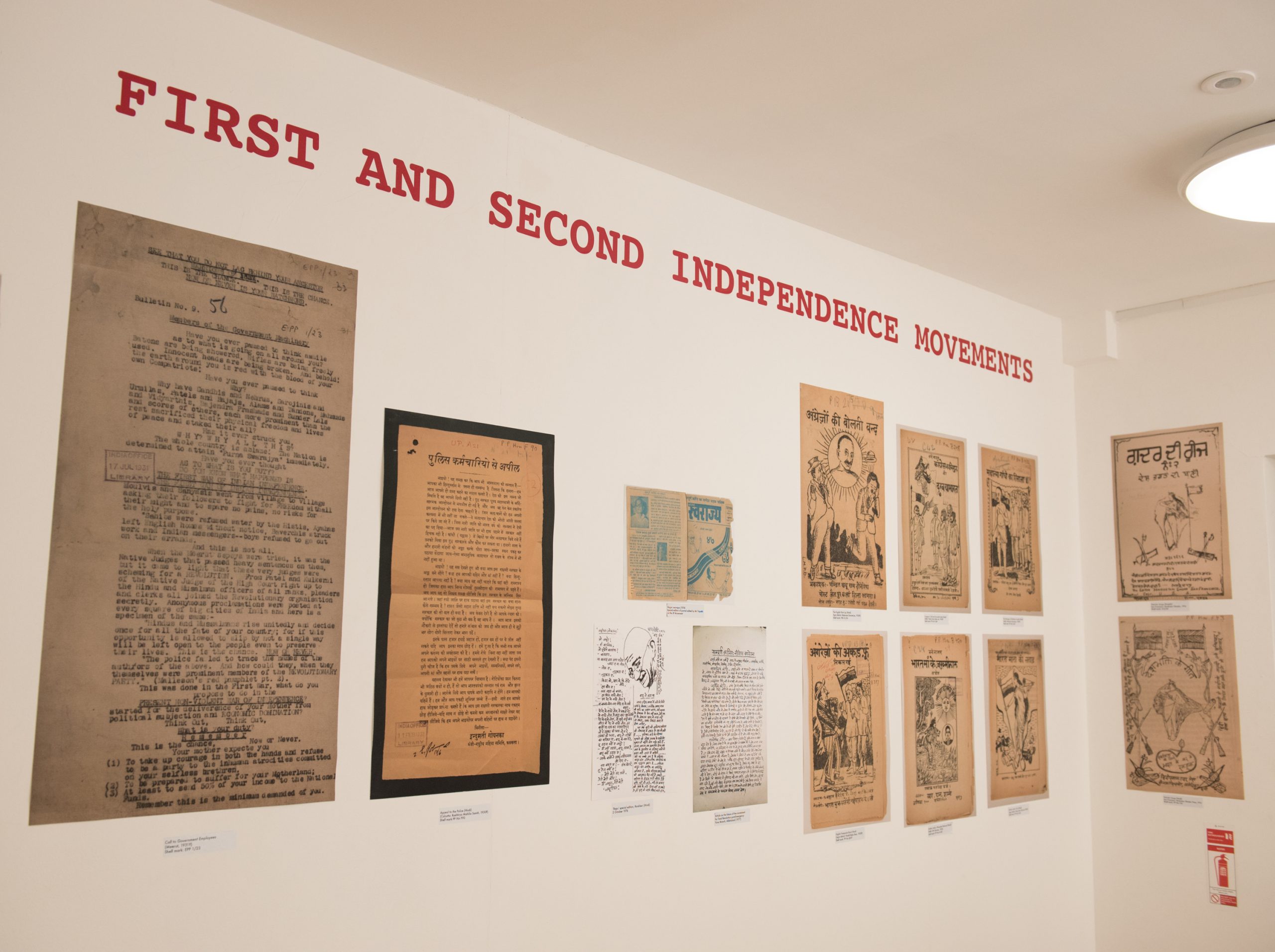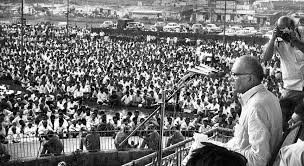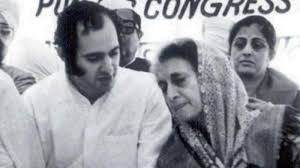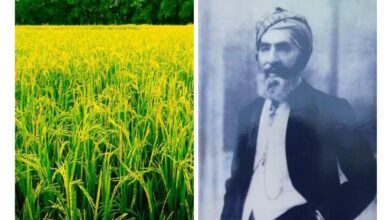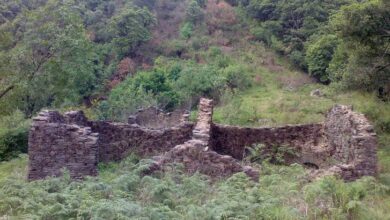Exhibition on underground literature during Emergency
An exhibition on underground literature produced during the emergency rule of Indira Gandhi and India’s Independence struggle is underway at a University of London art gallery.
A four-month exhibition at a University of London art gallery (28 April – 3 September 2022) exhibits underground literature produced during the first and second Indian independence struggles – the first by Congress against British rule, the second by the movement for Total Revolution and restoration of democracy during Emergency rule of Indira Gandhi .
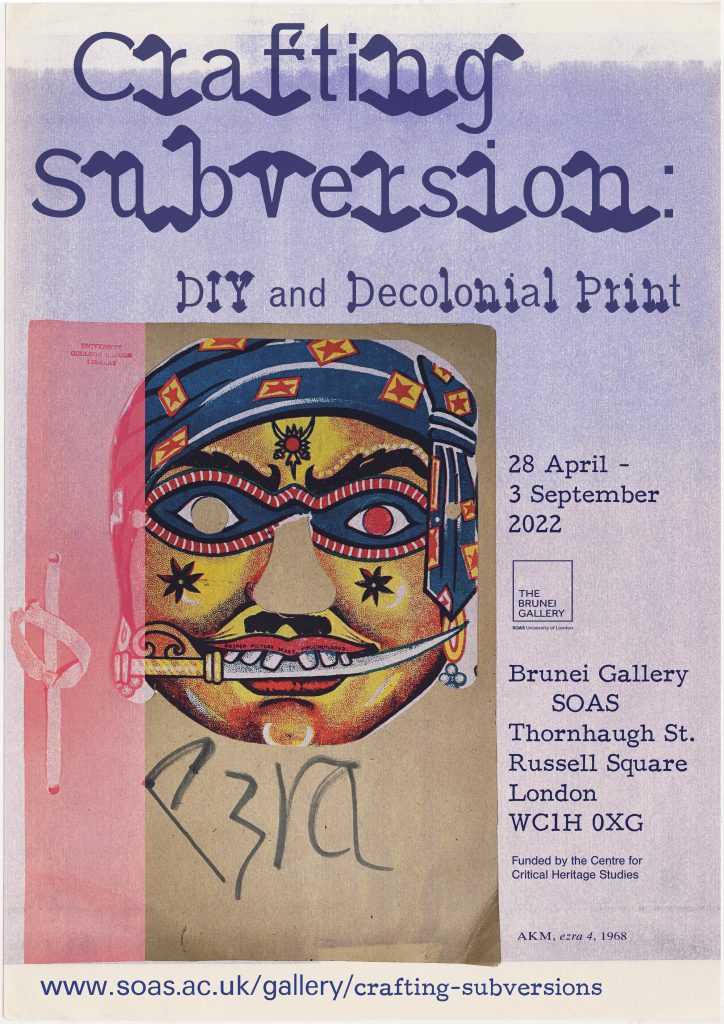
Indira Gandhi’s autocratic actions during the Emergency rule seemed to prove that a change of leadership was not enough to bring about decolonisation. A more thorough transformation of society and decentralisation of power was required for true democracy.
The exhibition draws upon material in the archives of Mr Ram Dutt Tripathi, a former BBC journalist who was imprisoned for his role in student politics during the JP movement and Indian emergency. It displays various items relating to arrest, trial and imprisonment, and literature he produced whilst a member of the Chhatra Yuva Sangharsh Vahini.
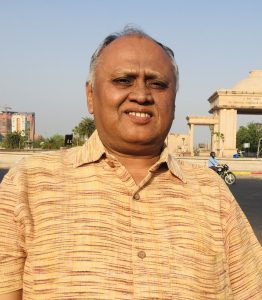
Then a student of Allahabad University Ram dutt Tripathi participated in J P movement for Total Revolution leaving his law studies. He was appointed a member of the Uttar Pradesh Joint Students Action Committee. He was also a member of the coordination committee of Chhatra Yuva Sangharsh Vahini established by Jayprakash Narayan under his leadership. At a young age of 21 he was appointed managing editor of the Nagar Swarajya magzine.
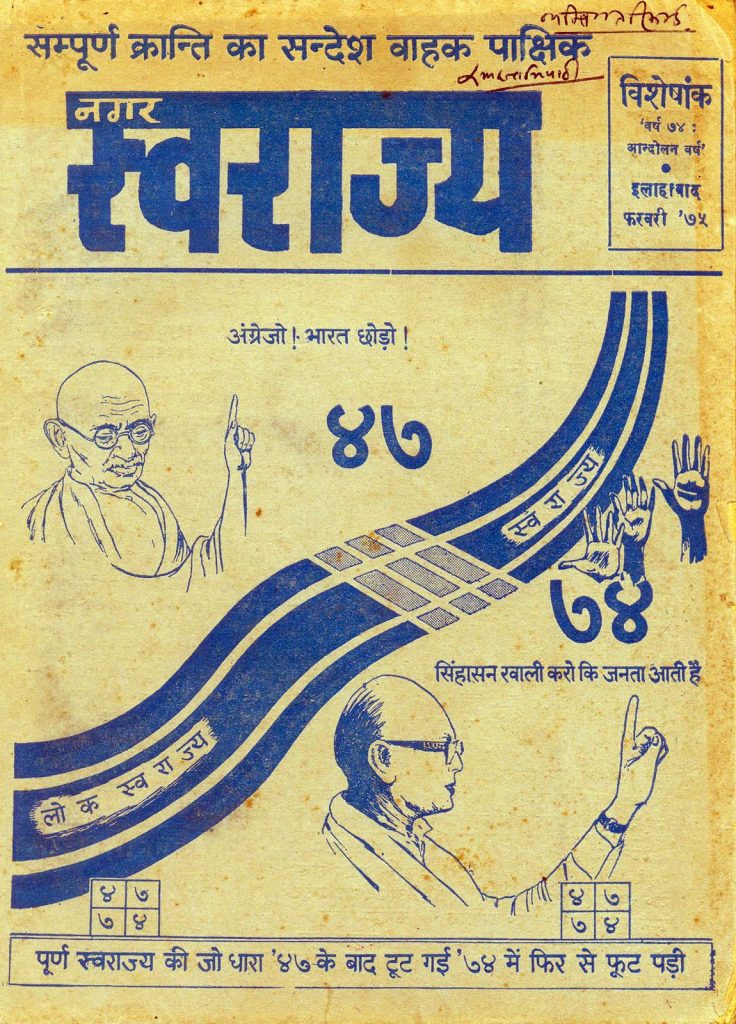
This material is displayed alongside items from the British Library’s collection of publications banned in colonial India. Consisting of more than 2800 items in a wide variety of languages and formats, this is one of the largest collections of items relating to any twentieth century anti-colonial struggle.
A section of the exhibition also includes literary magazines published by the renowned poet and translator, Arvind Krishna Mehrotra and Alok and Amit Rai, brothers and grandchildren of the Hindi-Urdu writer Premchand.
Whether writing poetry or producing political pamphlets, all the writers whose work is exhibited aimed to communicate with readers directly and truthfully, without fear of the political consequences or financial repercussions. Their example continues to inspire us in the present day.
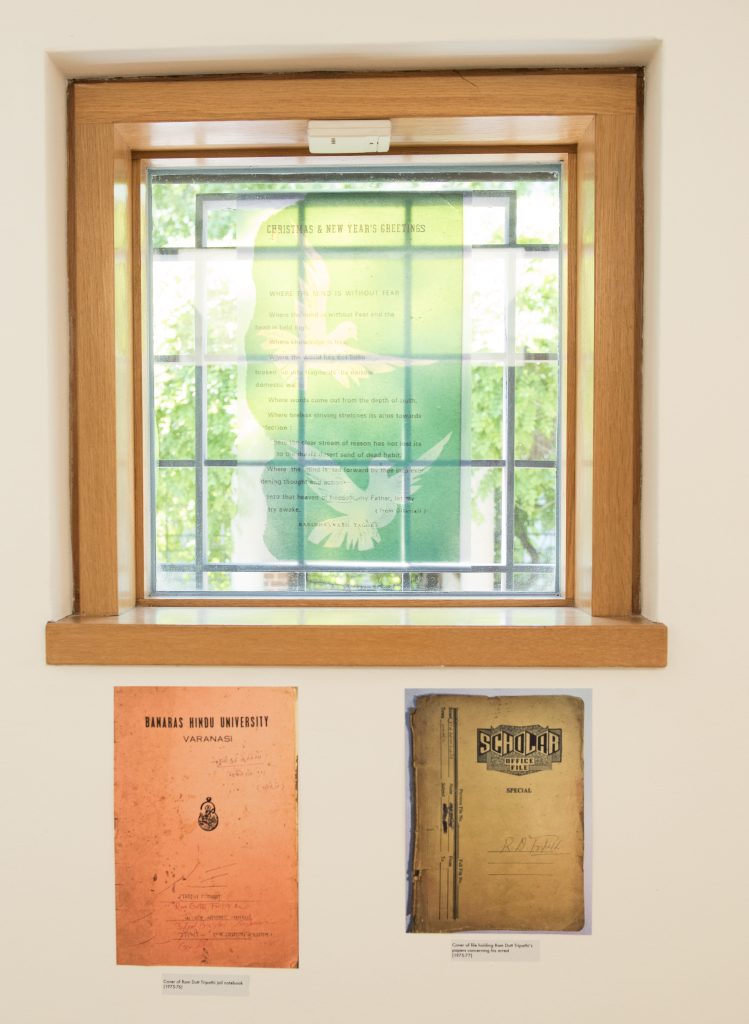
One of the exhibits is a Postcard to Ram Dutt Tripathi from senior Gandhian leader Ram Chandra Rahi. Printed with Tagore‘s poem ‘Where the Mind is Without Fear‘ and bearing New Year and Christmas greetings [this is yellow and green and poem is in English]
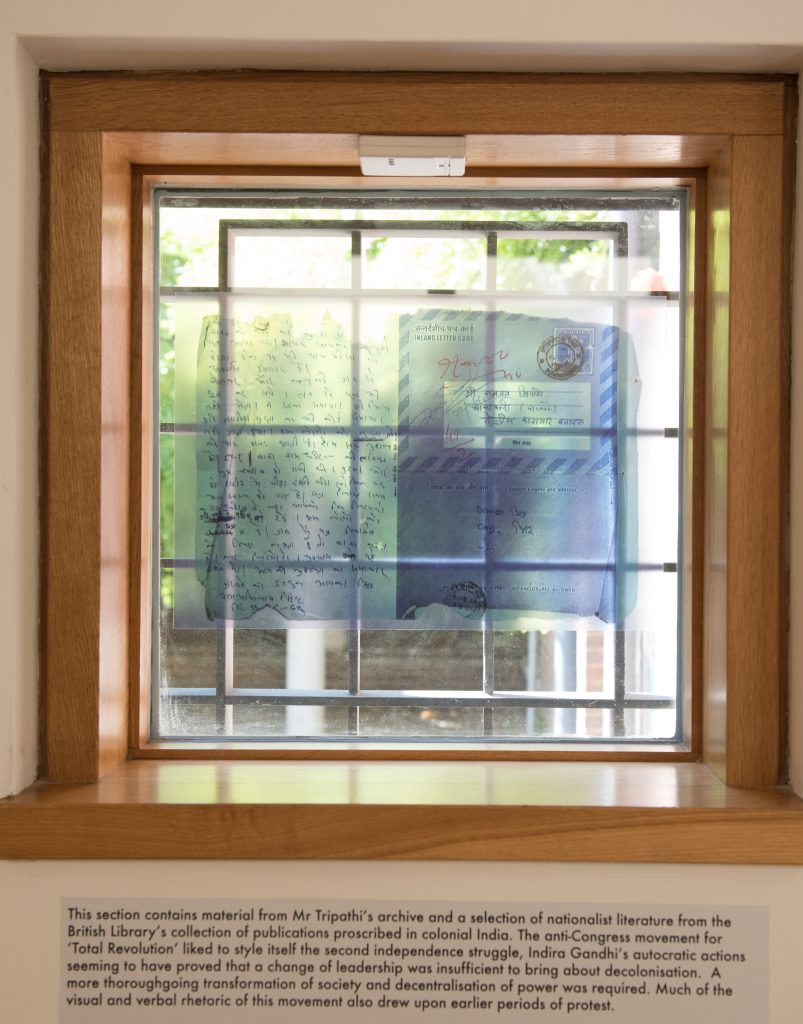
The second is letter to Ram Dutt Tripathi from Ram Abhilash Singh who was incarcerated in Jail (the latter has a bit of text about the exhibition).
They have been digitised by University of Göttingen, as part of the extraordinary Long Emergency Project
https://longemergency.demx.in/#/series/rd
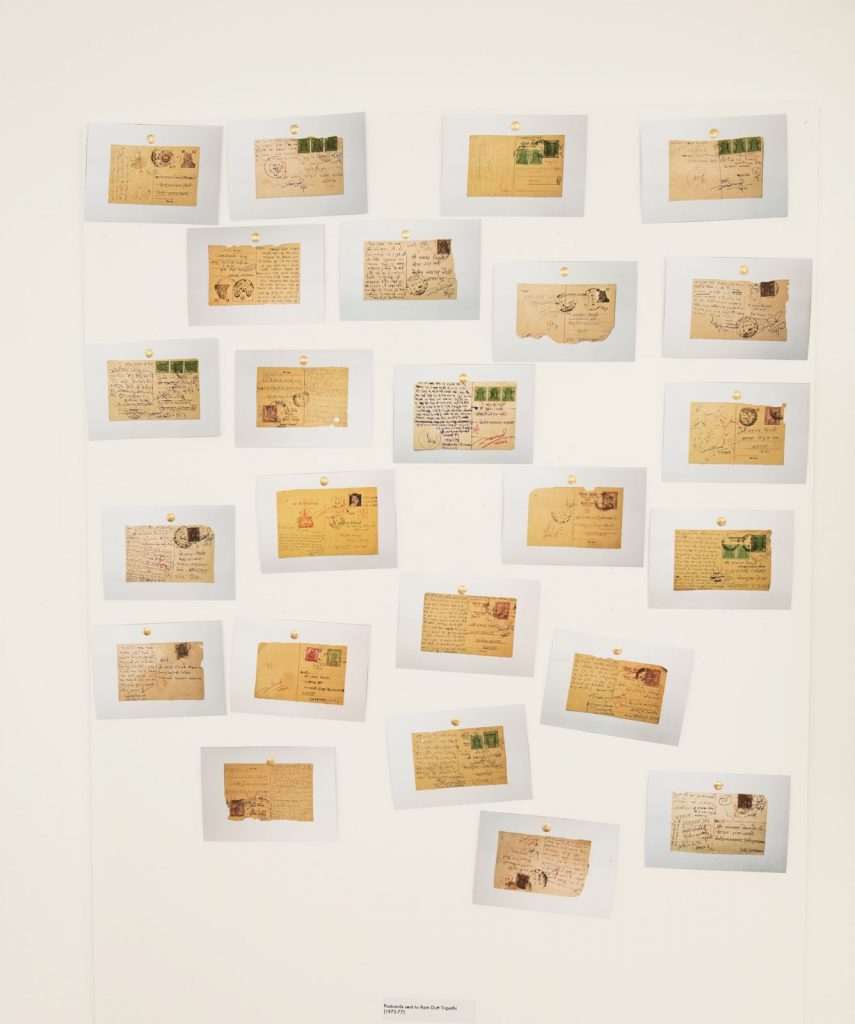
General details about the exhibition are available here:
https://www.soas.ac.uk/gallery/crafting-subversions/
Curator of this exhibition is Dr Pragya Dhital. She did PhD on Emergency and Censorship

